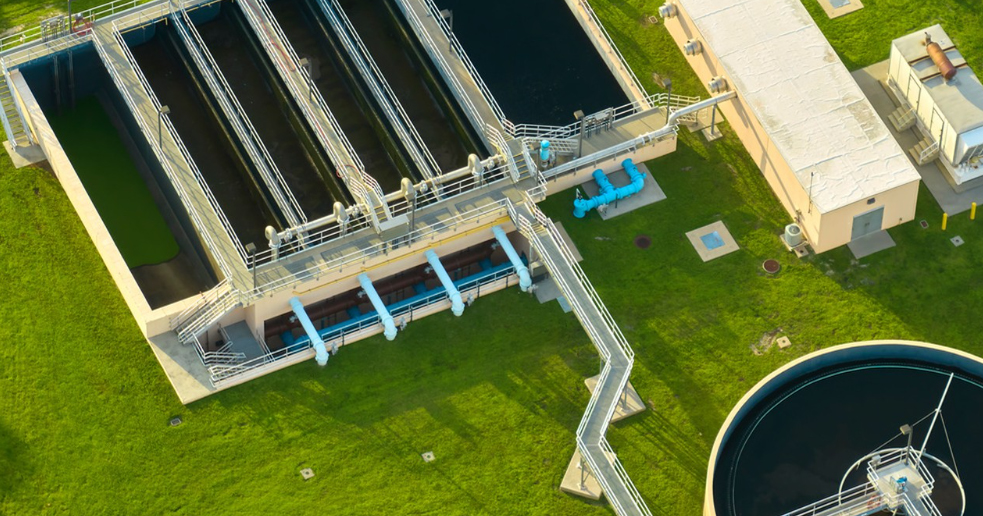In industries such as coal processing, steel smelting, and chemical engineering, industrial tar wastewater is a typical highly polluted wastewater. This type of wastewater contains a large amount of phenolic compounds, polycyclic aromatic hydrocarbons, tar substances, and colloidal particles, giving it a deep brown to black color with a strong hue. Moreover, it has a complex composition, high toxicity, and poor biodegradability. If directly discharged without effective treatment, it will not only cause the receiving water body to turn black and emit a foul smell, damaging the ecological landscape, but also accumulate through the food chain, posing a threat to human health. Therefore, efficient decolorization has become one of the core challenges in the treatment of industrial tar wastewater, and industrial tar wastewater decolorizers have become the key to solving this problem.
The color of industrial tar wastewater mainly comes from its macromolecular organic pollutants, such as the conjugated double bond structure of tar substances and the chromophoric groups of phenolic compounds. These substances are highly stable, and conventional treatment processes are difficult to break their molecular structures, resulting in the persistently high color of the wastewater.
Industrial tar wastewater decolorizers achieve efficient decolorization through multiple action mechanisms:
1.Flocculation and precipitation: Some decolorizers contain macromolecular flocculant components, such as polyaluminum chloride (PAC), polyacrylamide (PAM), etc. After hydrolysis in the wastewater, they form positively charged polynuclear complexes, which adsorb negatively charged colloidal particles and pigment molecules through the action of electro-neutralization. At the same time, they use the function of adsorption bridging to aggregate the dispersed particles into large flocs. Finally, solid-liquid separation is achieved through precipitation or air flotation processes, removing the color and suspended solids in the wastewater.
2.Oxidation and decomposition: Strong oxidizing decolorizers (such as ozone, hydrogen peroxide, potassium ferrate, etc.) use their strong oxidizing properties to break the conjugated double bond structure of the pigment molecules in the tar wastewater, decomposing them into colorless or low-color small molecular substances. For example, ozone can directly react with chromogenic substances such as phenolic compounds and polycyclic aromatic hydrocarbons, breaking their molecular chains, thus achieving the dual effects of decolorization and degradation of pollutants.
3.Adsorption and interception: Adsorption-type decolorizers represented by activated carbon and bentonite, with their rich microporous structures and large specific surface areas, intercept the pigment molecules and tar substances in the wastewater on their surfaces through physical or chemical adsorption. This type of decolorizer is particularly suitable for deep decolorization treatment and can further reduce the residual color and organic matter concentration in the wastewater.
The application advantages of industrial tar wastewater decolorizers are significant:
High efficiency and strong pertinence: For the complex composition of tar wastewater, composite decolorizers can simultaneously exert multiple functions such as flocculation, oxidation, and adsorption, with a decolorization efficiency of over 80%, significantly improving the biodegradability of the wastewater.
Strong process compatibility: It can be flexibly applied to the pretreatment, intermediate treatment, or deep treatment stages. For example, in the pretreatment stage, flocculation and decolorization can reduce the load of subsequent biochemical treatment; in the deep treatment stage, oxidation or adsorption can be used to achieve the standard for color.
Environmental protection and safety: With technological upgrades, new decolorizers are gradually abandoning traditional highly toxic chemical agents (such as heavy metal salts) and instead using bio-based flocculants, catalytic oxidation materials, etc., reducing the risk of secondary pollution.
In practical applications, it is necessary to select the appropriate type of decolorizer and the dosing process according to factors such as the pH value, color concentration, and treatment scale of the wastewater. For example, for high-concentration tar wastewater, a combined process of "flocculation precipitation + catalytic oxidation" can be adopted; for low-concentration wastewater, adsorption-type decolorizers have a greater cost advantage. The research, development, and application of industrial tar wastewater decolorizers not only solve the environmental problem of excessive color in wastewater for relevant industries but also promote the development of industrial water treatment towards high efficiency and greenness....











